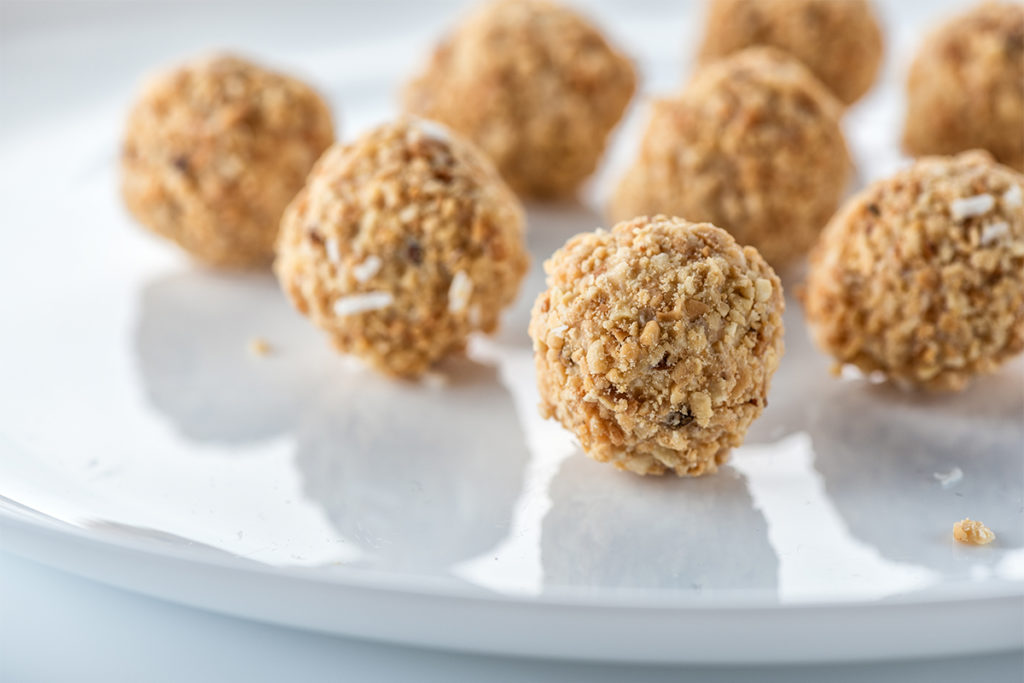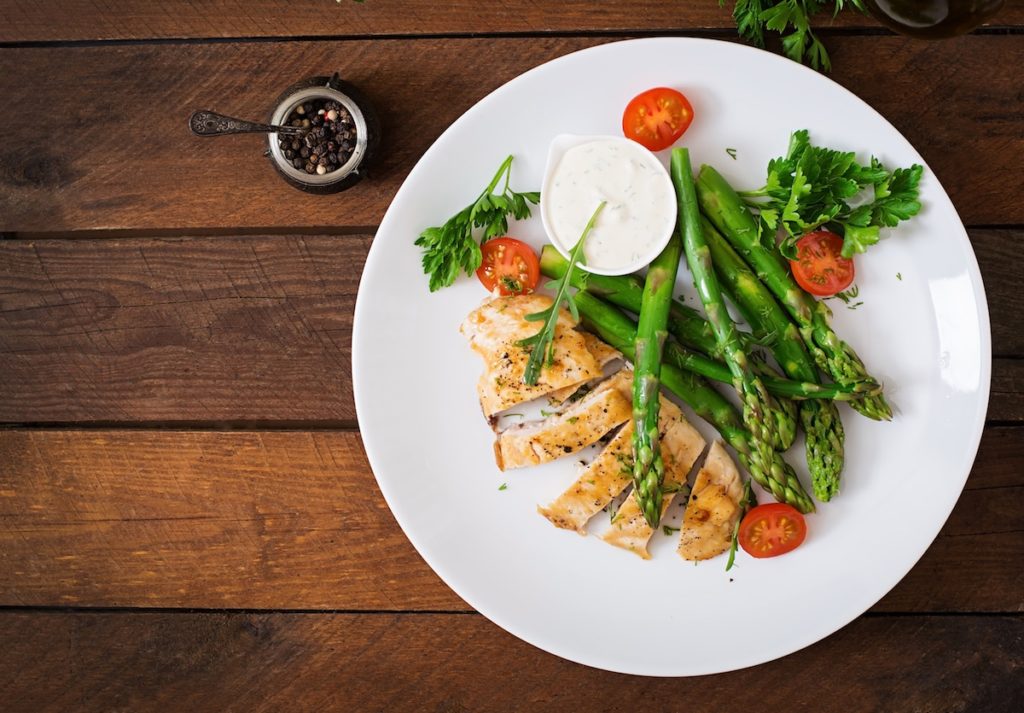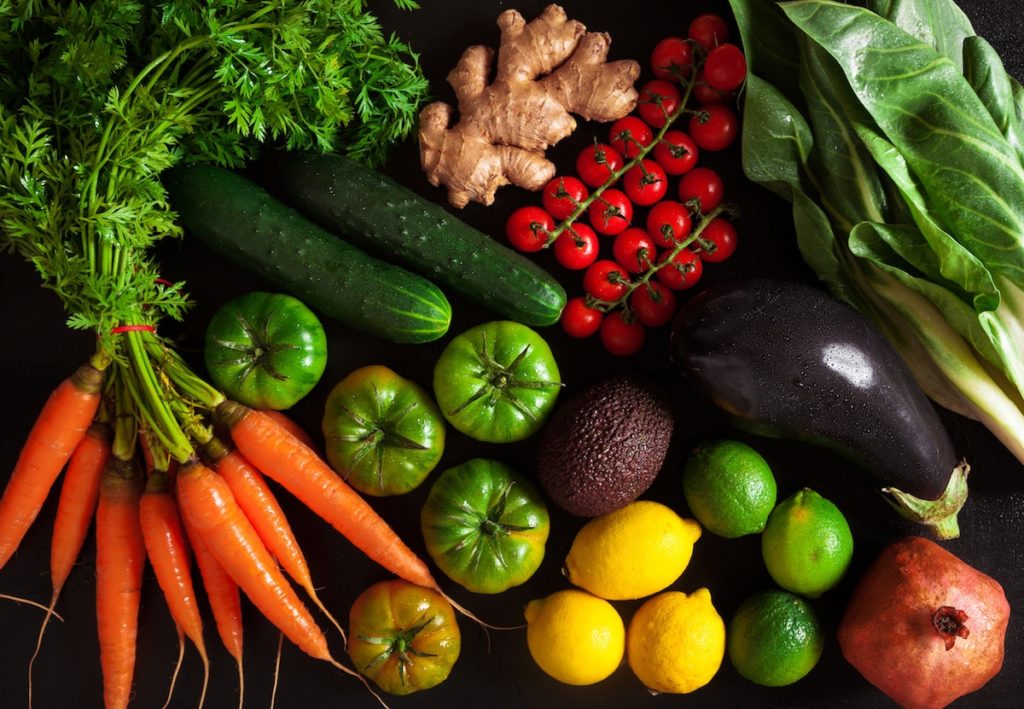Archive for August 2018
2018 IDEA® World Convention: An Epic Explosion
While life may not always be a highlight reel, thousands of the best personal trainers, group exercise instructors, fitness entrepreneurs and nutrition/wellness professionals added significant footage to their lives at this year’s IDEA World Convention, where everyday actions became epic adventures in education. At the 2018 event, held in San Diego, June 27–July 1, more than 14,000 like-minded pros converged to learn from more than 350 workshops and workouts taught by the industry’s keenest minds.
Read MoreWearable Heart Rate Trackers: Which Works Best?
How accurate are the latest wearable heart rate trackers?
That’s an important question amid the flourishing demand for wearable fitness devices and wrist-worn heart rate monitors. Approximately 1 in 6 consumers in the U.S. uses some type of wearable technology, such as a fitness band or a smartwatch (Piwek et al. 2016). Industry research from 5 years ago predicted sales of 110 million wearable devices by 2018, but shipments of 115.4 million in 2017 have already outpaced that projection (Piwek et al. 2016; IDC 2018).
Sample Class: Fun Drills for Boosting Strength
Do you love planning your strength training classes but need to find new ways to keep things interesting? If so, this is your class! Offer a challenge boost by adjusting your sequencing and repetitions. This approach helps students stay engaged and in the moment while getting more done in less time. As a bonus, you learn a variety of drills to apply to all your classes.
Read MorePreventing an ACL Injury
Your new client, 16-year-old Alexis, is a competitive athlete who wants you to design a fitness program that will help her prevent a second anterior cruciate ligament (ACL) tear. She partially tore her ACL while playing soccer and rehabbed it with a physical therapist, who cleared her to play again. Alexis returned to spring softball without an issue, but she would like to be as fully prepared as possible for the upcoming fall soccer season. She hopes to be recruited to play in college, but her parents are concerned she will sustain another ACL injury, perhaps a more severe one.
Read MoreTennis: Reduce Pain, Improve Performance
Tennis is one of the most popular sports in the world. In the U.S. alone, there are almost 18 million players, with another 14 million expressing interest (TIA 2018). Unfortunately, the dynamic, forceful twists and turns of the game pose ever-present injury risks to players (Roetert & Kovacs 2011).
If your fitness clientele includes people interested in playing this sport, you need to understand the causes of tennis-related injuries. This will help you develop strategies to improve movement function, reduce pain and keep clients on the court.
Recipe For Health: Curry Cashew Energy Balls
We now have more reason to go nuts for nuts (and seeds!). In a joint study by American and French researchers published in April in the International Journal of Epidemiology, rates of cardiovascular disease among 81,337 subjects during a mean follow-up time of 9.4 years were 60% higher in those who consumed the most protein from meat, while rates of this deadly ailment were 40% lower in those who ate the most protein from nuts and seeds.
Read MoreYou Booze, You Lose
It’s increasingly looking like the reported health benefits of drinking alcohol (hello, French paradox) is another case of something being too good to be true. A large international investigation published in The Lancet in April studied data from nearly 600,000 current drinkers in 19 countries. Researchers found that drinking about 100 g of alcohol—around five pints of beer or five 175-milliter glasses of wine—per week is the safe upper limit.
Read MoreQuestion of the Month
America has become a nation of snackers and around-the-clock eaters. But for people who want to get healthy, it might be a good idea to avoid the kitchen more often. Intermittent fasting—cycling between periods of normal consumption and periods of lower calorie intake—has become increasingly popular, and research is starting to show that the approach has promise for weight loss and other health measures.
Read MoreAsk the RD
Question: I cook for the week on Sunday. I might bake a chicken, make a big batch of quinoa and steam vegetables so I can make lunch and dinner quickly during the week. But I find I am eating the exact same foods every day. Is this okay for overall nutrition? Could I be missing nutrients?
Read MorePortions: We Can Be Happy With Less
Ballooning portion sizes are considered a major player in the startling rise in obesity rates in recent decades, but current research points to evidence that we can turn this around.
A study in the April edition of The American Journal of Clinical Nutrition showed that exposure to smaller food portions can recalibrate people’s perception of how much is enough. In the first of three experiments, volunteers randomly ate either larger (440-calorie) or smaller (220-calorie) portions of the same quiche-and-salad meal.
Salt Lurks Where You Might Not Expect It
We know foods like deli meats, pizza and potato chips have lots of sodium. But salt also sneaks into less obvious foods, like bread. A 2018 survey by World Action on Salt and Health in London looked at 2,318 bread products from 32 countries (including the United States) and found that more than half of the breads had over 500 milligrams of sodium per 100-gram portion (about 2 slices of packaged bread). Even worse, a third of all breads delivered more than 1,130 mg of salt for every 100 g.
Read MoreYes, Unhealthy Eating Is A Killer
We have more proof that diet plays a huge role in staving off some of today’s biggest killers. Nearly half of all U.S. deaths from heart disease, stroke and type 2 diabetes in 2012 could be attributed to substandard eating habits, according to research published in JAMA in 2017. The study was based on death certificate data and funded by the National Institutes of Health and the National Heart, Lung, and Blood Institute.
Read MoreSports Teams Go To Bat For Junk Food
Here is just one more reason why playing a sport is healthier than sitting on the couch watching a game. Researchers from NYU School of Medicine analyzed advertisements associated with the 10 professional sports organizations most popular among fans aged 2–17. Focusing on ads on TV, YouTube and team websites, the scientists set out to determine whether marketing was influencing the consumption of certain foods and nonalcoholic beverages.
Read MoreYoung Talent in the Kitchen
If we want adults to eat a healthier diet, we should get them cooking more often when they’re young. That’s the conclusion of a report published in the May edition of the Journal of Nutrition Education and Behavior. The findings drew on data from the Project Eating and Activity in Teens and Young Adults longitudinal study in the Minneapolis-Saint Paul area.
Read MoreBoost Flavors from Bland to Grand
A well-stocked spice collection may help people enjoy healthier foods more often, according to a January study in the Journal of Food Science. Researchers found that broccoli, carrots, cauliflower and green beans drew a higher flavor rating when they were enhanced with herbs and spices than when they were unseasoned.
Read MoreTo Grow Healthier, Happier Adults, Raise Fit Kids
Today’s inactive kids are tomorrow’s unhealthy adults. Our society will pay the price for young people’s profound lack of exercise if we fail to turn this trend around. Few behaviors more significantly influence child health than physical activity. Yet children and adolescents are not moving enough, at the expense of their own health as well as that of their communities. More needs to be done to support families and society in raising fit kids.
Read More














